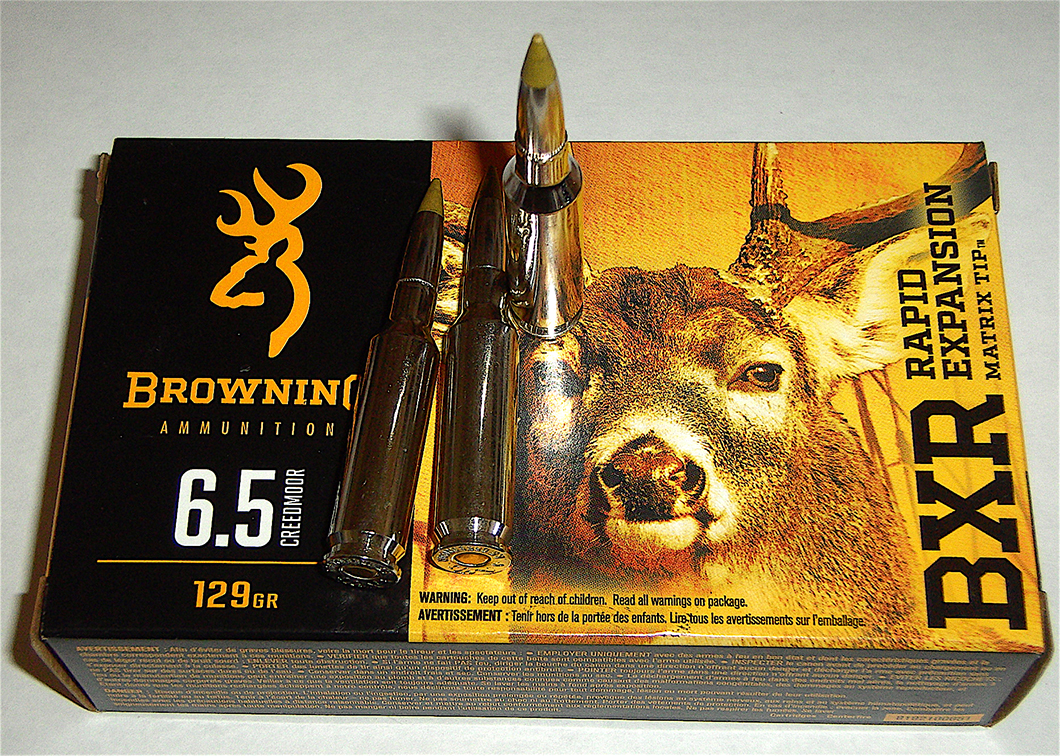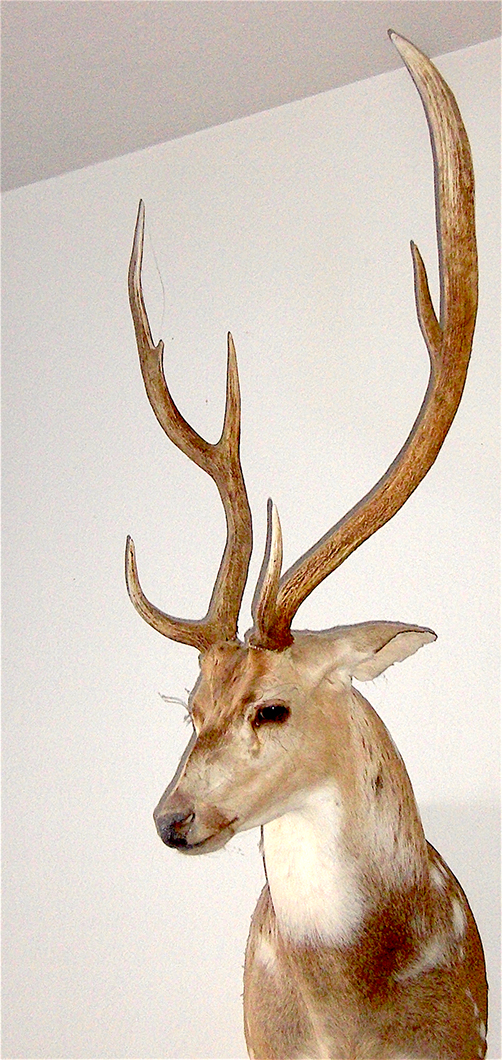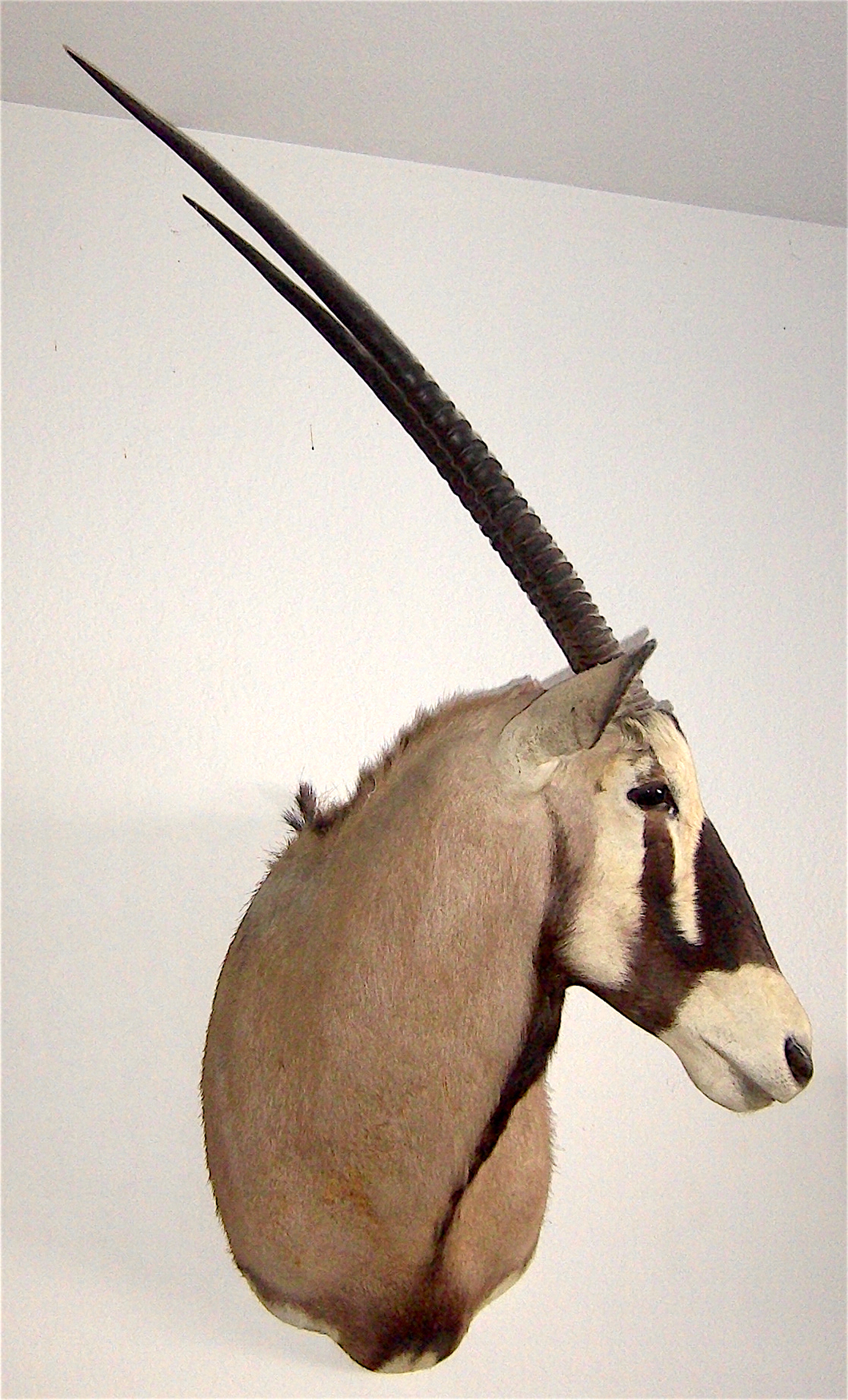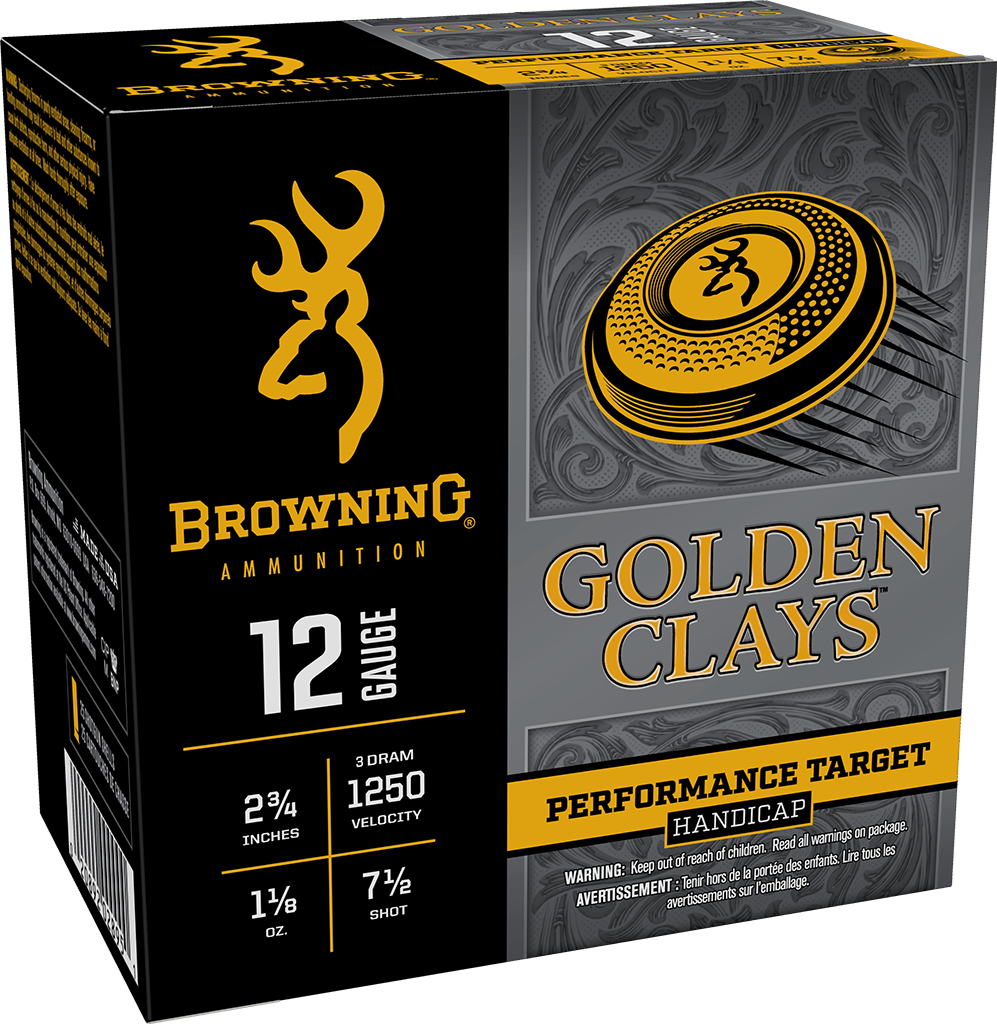Non-Native Big Game Species to Hunt in the US
Hunters have been pursuing raised game since at least the time of the Pharaohs who kept hippos in ponds for sport. The Roman patricians did it on vast estates–latifundia–the gentry from too many countries to list, throughout most of history, did it on managed estates that may not have had game-proof fences but did have armed game keepers to keep out the peasantry; and even our game departments do it when they release bird-farm non-native pheasants and chukar for the public to hunt. Can, therefore, raised, enclosed game be hunted ethically? Of course it can. Just because it can, though, does not make it everyone’s cup of oolong.


There is, however, the hunting of non-native, or “exotic,” big game that can be as ethical as any hunting of native animals. Wild, free-ranging Japanese sika deer, a small brown elk, can be found in forests and marshes in parts of Maryland. Middle-Eastern fallow deer wander outside fences in several states. The St. Vincent National Wildlife Refuge in Florida has a season for Asian sambar deer, a magnificent animal that can reach 400 pounds on the hoof. California has hunting for both wild sambar and aoudad, or Barbary sheep, on private land. And the list goes on. Virtually all hunting for big and small game and birds in the state of Hawaii is for exotics. Even wild and woolly Alaska has hunting for non-native reindeer on the stormy Aleutian Islands of Umnak and Atak which lies closer to Tokyo than San Francisco. And if you want the undisputed champion of free-ranging big game in the U.S., look no further than the feral/wild pig that may be just a little too successful at a population of some six million and counting.
What are three “pick-of-the-litter” hunts for free-ranging exotic game this time of the year? Starting with Hawaii, the state offers public hunting for Axis deer, or chital, on the island of Lāna‘i, the general rifle season opening in February and running into May. (There are also trophy-quality mouflon rams on the island, but that is later, in the late summer and fall.) Chital are a favorite prey of Bengal tigers in their native India, because they are, not surprisingly, some of the most delicious venison there is. They are also astonishingly beautiful animals with dappled hides and tall three-tined antlers. About the size of a whitetail, chital can be hunted with any reliable deer cartridge, not least Browning’s BXR Rapid Expansion Matrix Tip 6.5 CREEDMOOR 129 GR. Much of the hunting on Lāna‘i takes place on a large rolling plain, nicknamed “Serengeti,” which ought to make the Creedmoor perfect for the task.

New Mexico is unique for the number of exotic species roaming on public lands, from Persian ibex to aoudad (for which in some areas there is unlimited hunting to control the population). One of the most spectacular, though, would have to be the oryx, or gemsbok, from Africa’s Kalahari Desert. The prized game of the hunter-gatherer Bushman, the oryx has been in New Mexico for nearly a half century. There are a generous assortment of hunts available through the New Mexico Department of Game and Fish, with some occurring in February and March. Many are once-in-a-lifetime, with others, for example for non-trophy broken-horn animals, that can be done year after year. Like the chital, oryx are tremendous eating. They are also good and tough physically. For a 450-pound bull with 40-inch straight horns, who lives in open desert, the Browning 300 WIN MAG 155 GR BXR Rapid Expansion Matrix Tip will provide the flat shooting and hitting power it takes for these grandiose gazelle.

The third-choice exotic, the nilgai, has been roaming South Texas for 80 years. It’s not that you can’t fence them in, it’s that you can’t keep them fenced in. (A ranch manager described to me a charging 600-pound nilgai bull, like that chicken crossing the road, spreading a hole in a 12.5-gauge-wire game fence to get on the other side.) Nilgai? What’s a “nilgai?” I’m glad you asked.
On the Indian subcontinent, that is the name for a “blue blue.” They are second only to the eland in size among the world’s antelope. Steel blue, rising to five feet at its humped withers, with a turkey beard and the horns of a mountain goat, put on backward, it is every bit as good as lean grass-fed beef, if not better. There is one very limited permit hunt, archery-only, at the Laguna Atascosa NWF. Across the vast ranches of Southeast Texas, though, there is ample hunting for the free-ranging animal throughout the year. It’s reputation for being difficult to bring down is certainly well founded. In my experience, though, the 7mm Magnum, like the Browning BXC Controlled Expansion Terminal Tip 7MM REM MAG 155 GR will work fine.
On a mild late-winter hunt down on the tall-grass coastal prairie, and among the oak mottes, I jumped a big bull with outstanding 11 (yes, 11) inch horns out of the trees. I had a quick shot, resting against the furrowed bark of the trunk of a live oak. The safety came off, and the 7mm bullet dropped him so fast, I lost him in the recoil. It took many minutes of sweeping searches until I turned and walked the line of fire back toward where I had aimed from. A hundred yards from the trees, he lay on his side, still and blue in the long green grass.
Follow Browning Ammunition’s social media channels for more hunting and shooting tips and updates on Browning Ammunition supported events and promotions on Facebook, You Tube, Instagram and Twitter.



